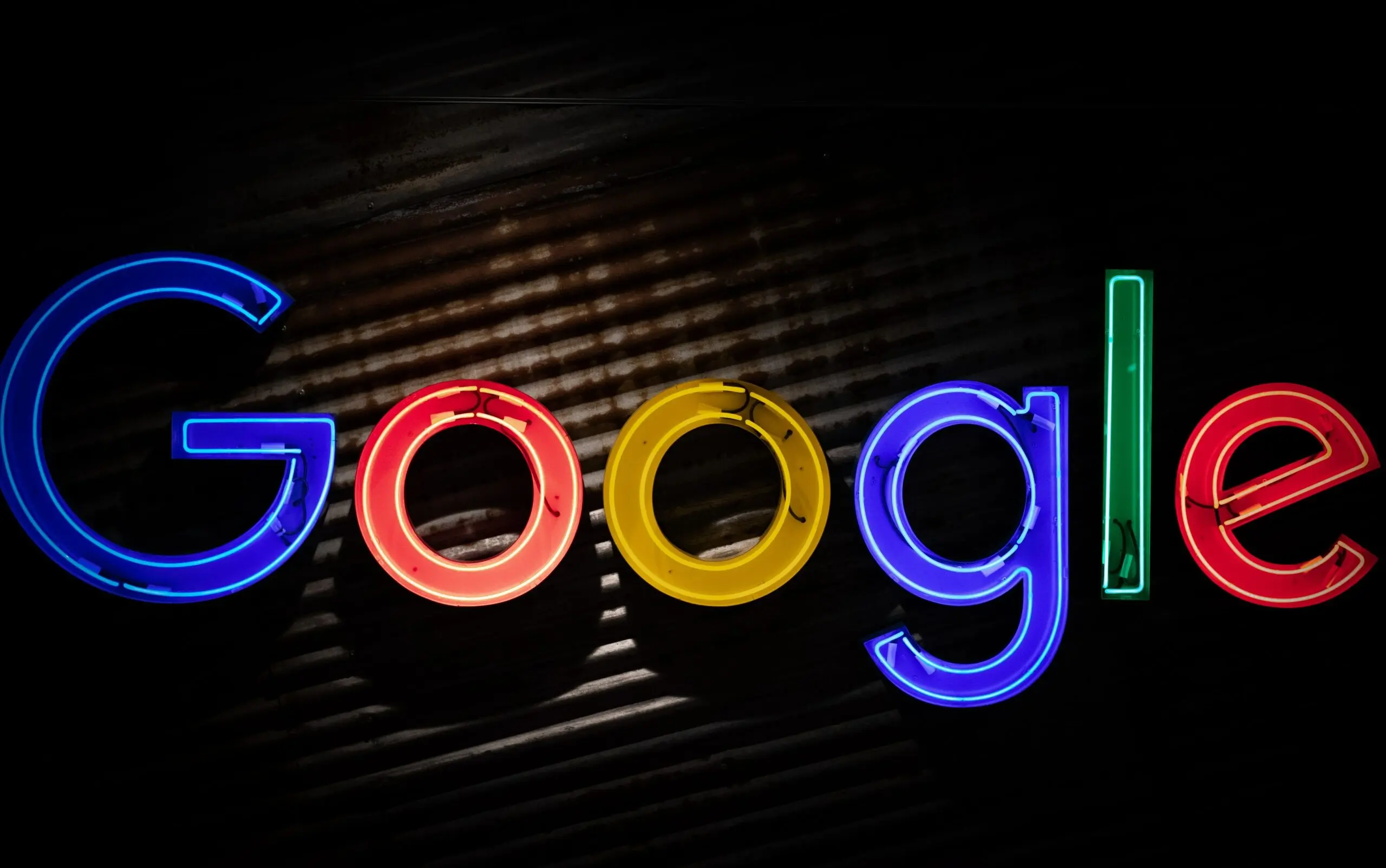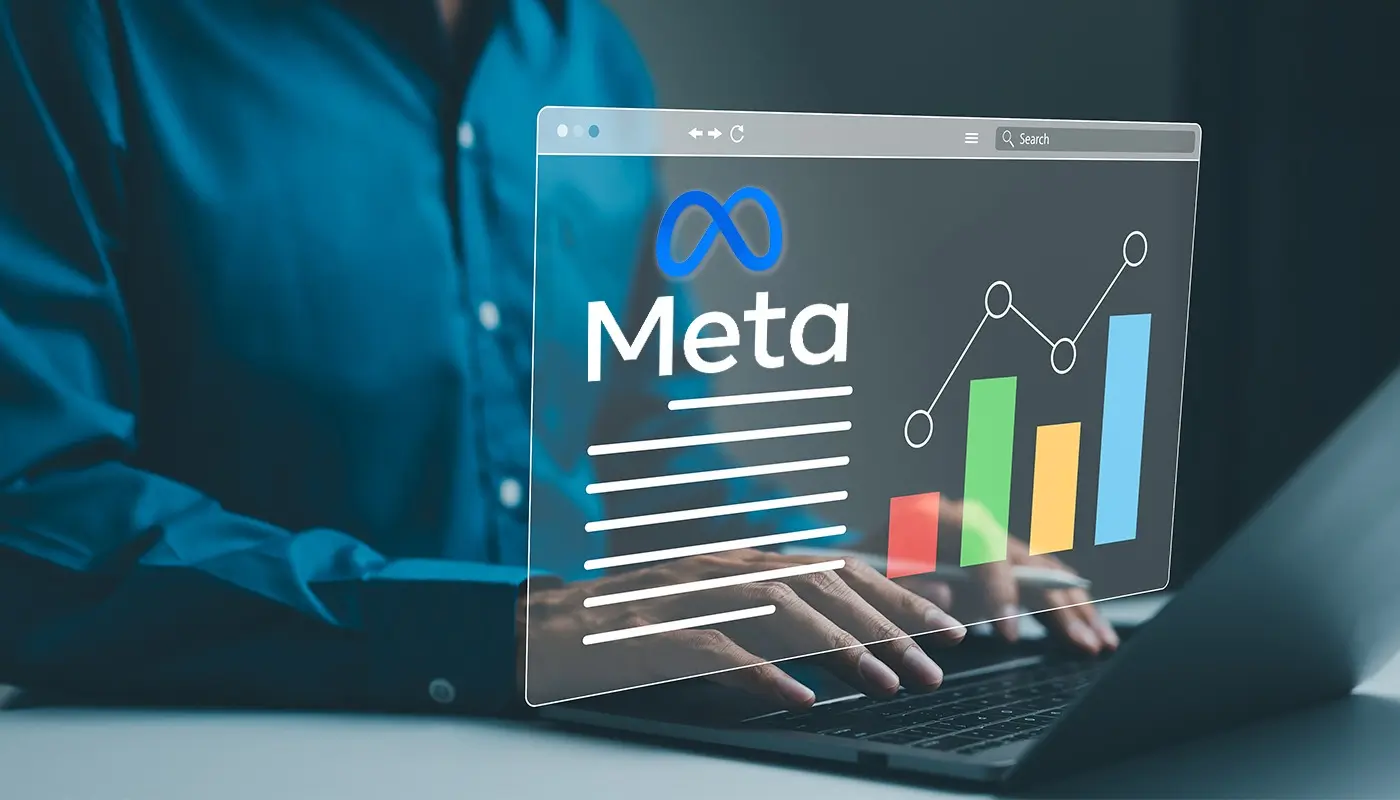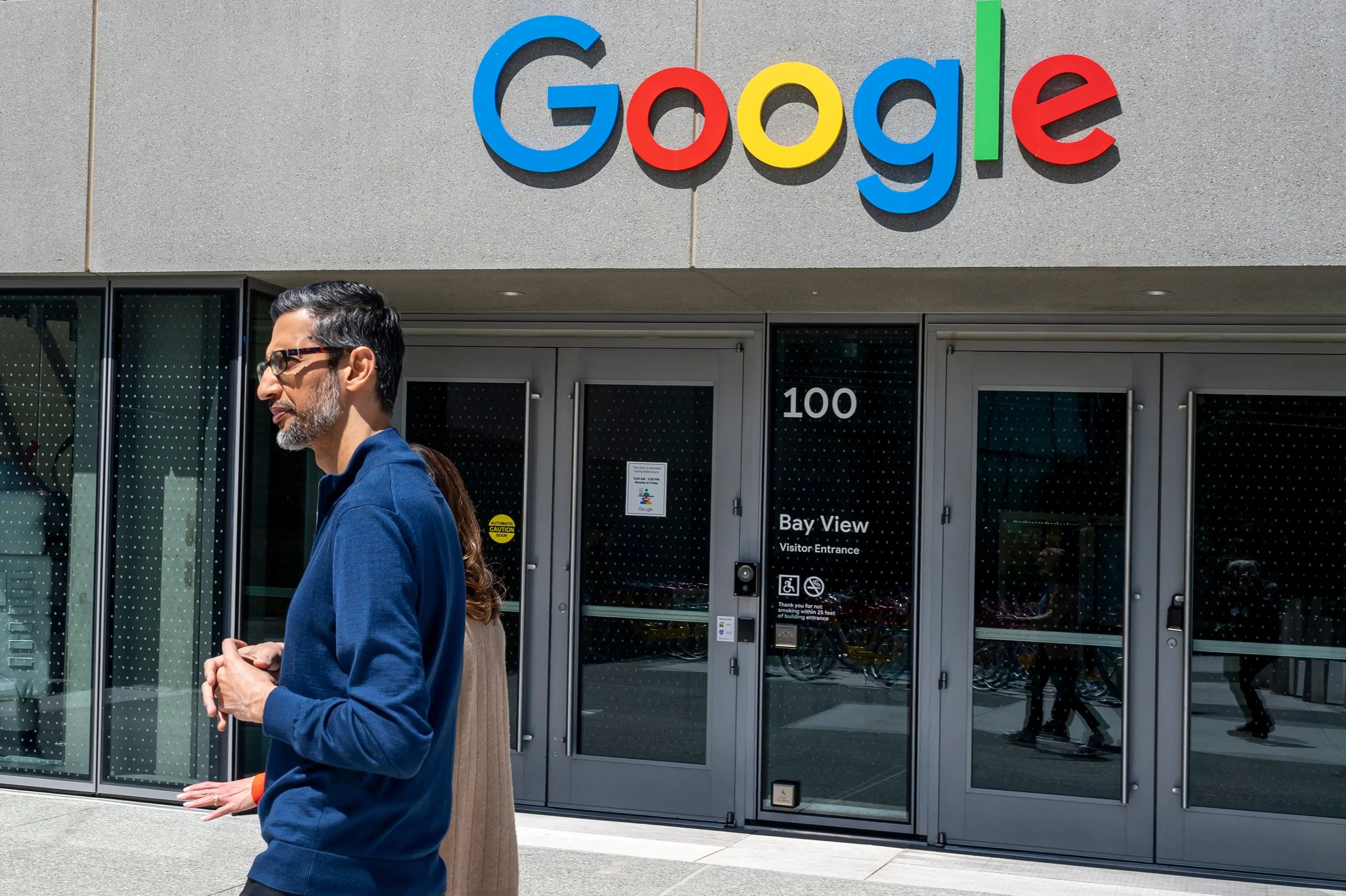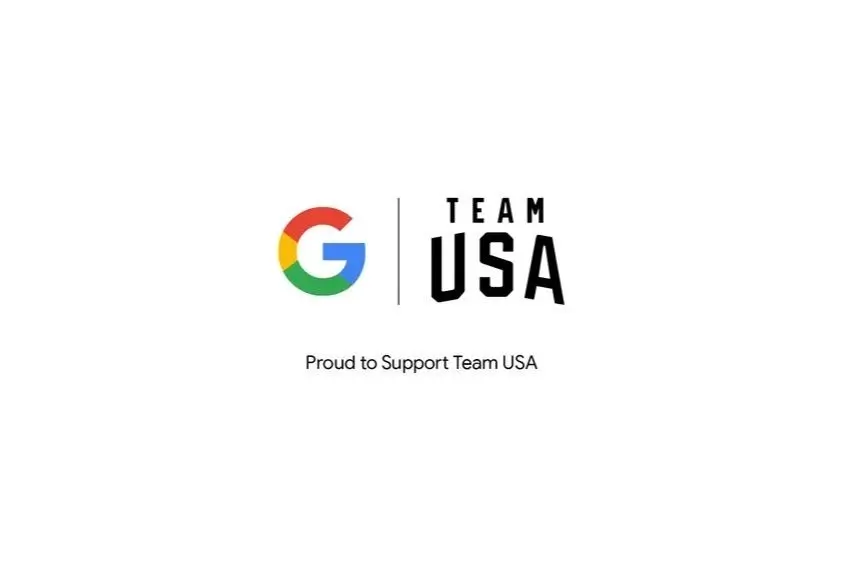
On Monday, Google made waves in the advertising world by unexpectedly reversing its stance on cookies, a move that might overshadow its earnings announcement. Despite this, the company reported robust financial performance, excelling in both profit and revenue. However, YouTube’s growth fell short of expectations, trailing behind the growth rate of the search business. Executives attributed some of YouTube’s revenue slowdown to its comparison against a stronger Q1 performance from the previous year.
Additionally, YouTube has reached the one-year mark since increasing the price of its YouTube TV service, a crucial component of its future video growth strategy. According to Business Insider, YouTube TV reportedly lost about 150,000 subscribers in Q1 due to the price hike. CFO Ruth Porat mentioned in a call with investors that the impact of this pricing change “will persist through the balance of the year.”
AI remains a focal point for Google as the company invests heavily to stay competitive in the tech industry’s latest advancements. In Q2, Google introduced 30 new AI features for advertisers, spanning search, shopping, and the automation-centric Performance Max campaigns.
However, the initial rollout of generative AI responses in search faced difficulties, resulting in some off-putting and inaccurate results that required prompt corrections. Currently, ad placements are positioned above and below AI Overviews, and Google plans to begin testing more sponsored ads directly within the AI window in the U.S. soon.
When asked about Google’s AI initiatives during the investor call, CEO Sundar Pichai expressed satisfaction, noting that the technology has positively enhanced the search experience from a consumer standpoint.
“We are seeing progress on the organic side. Obviously, monetization is something that we would have to earn on top of it,” Pichai said.
Executives also faced questions regarding the reversal of the plan to phase out cookies in the Chrome web browser, a project Google has been developing for four years, despite multiple delays. This initiative aimed to create a more privacy-safe web. However, Google’s proposed alternative, Privacy Sandbox, faced significant criticism from regulators and advertising trade bodies. This culminated in Google’s decision to abandon the deprecation of cookies earlier this week.
Pichai stated that Google will persist in developing the Privacy Sandbox while emphasizing the company’s commitment to prioritizing user choice regarding cookie enablement, a tracking technology crucial for targeted advertising across the web.
“We’ll both improve privacy by giving users choice, and we’ll continue our investments in privacy-enhancing technologies,” Pichai said. “But it’s obviously an area where we will be taking feedback from players in the ecosystem, and we are committed to being privacy-first as well.”












